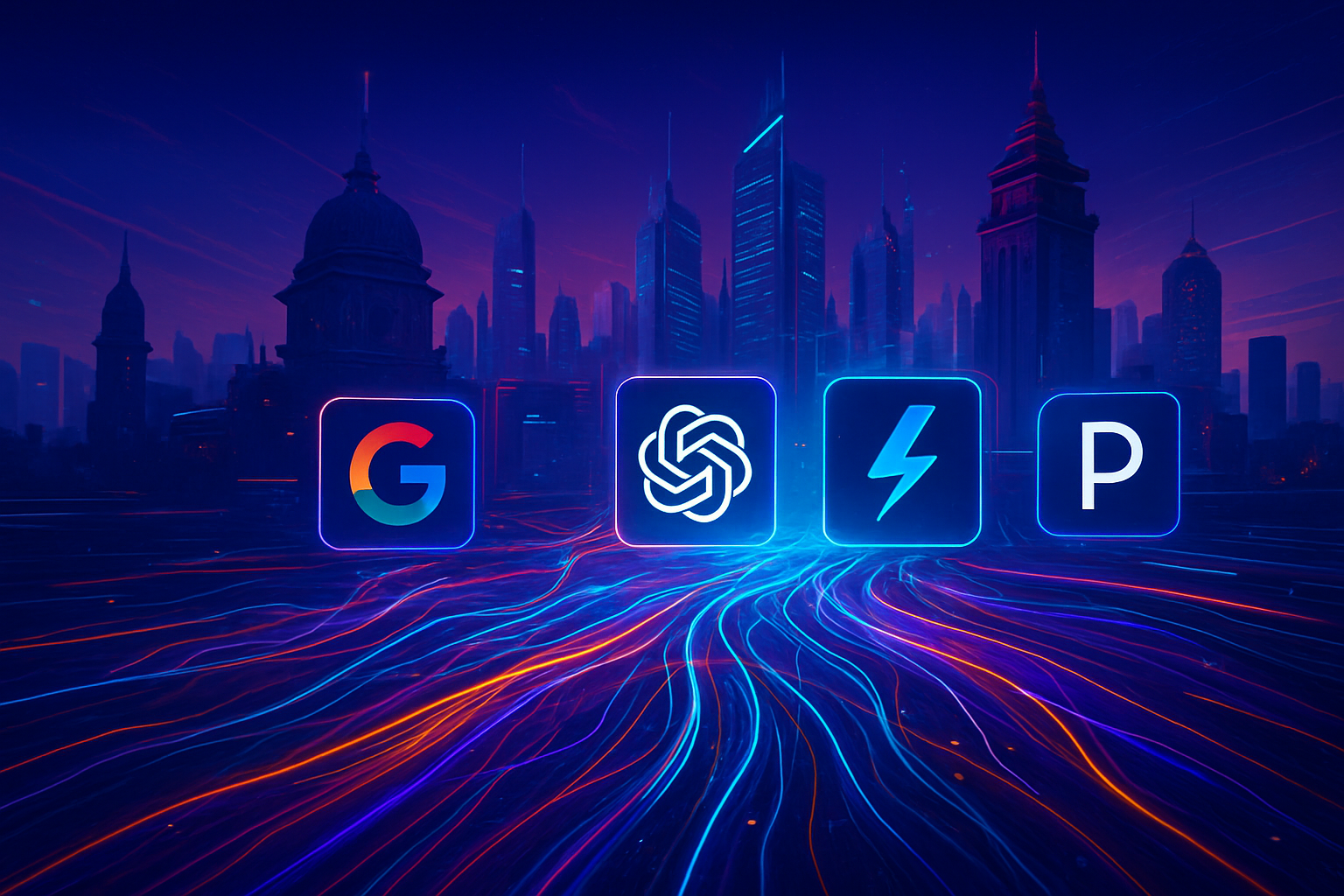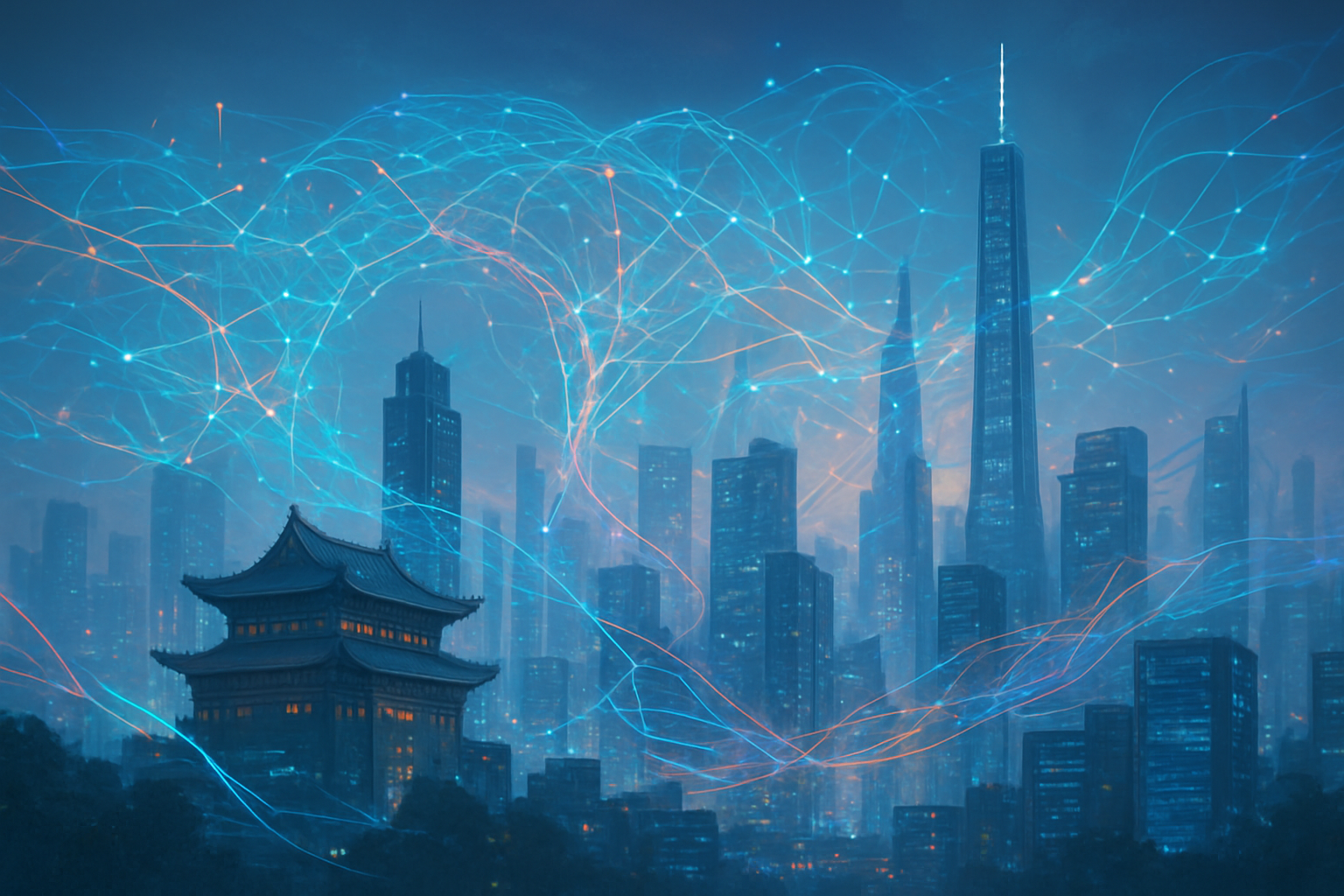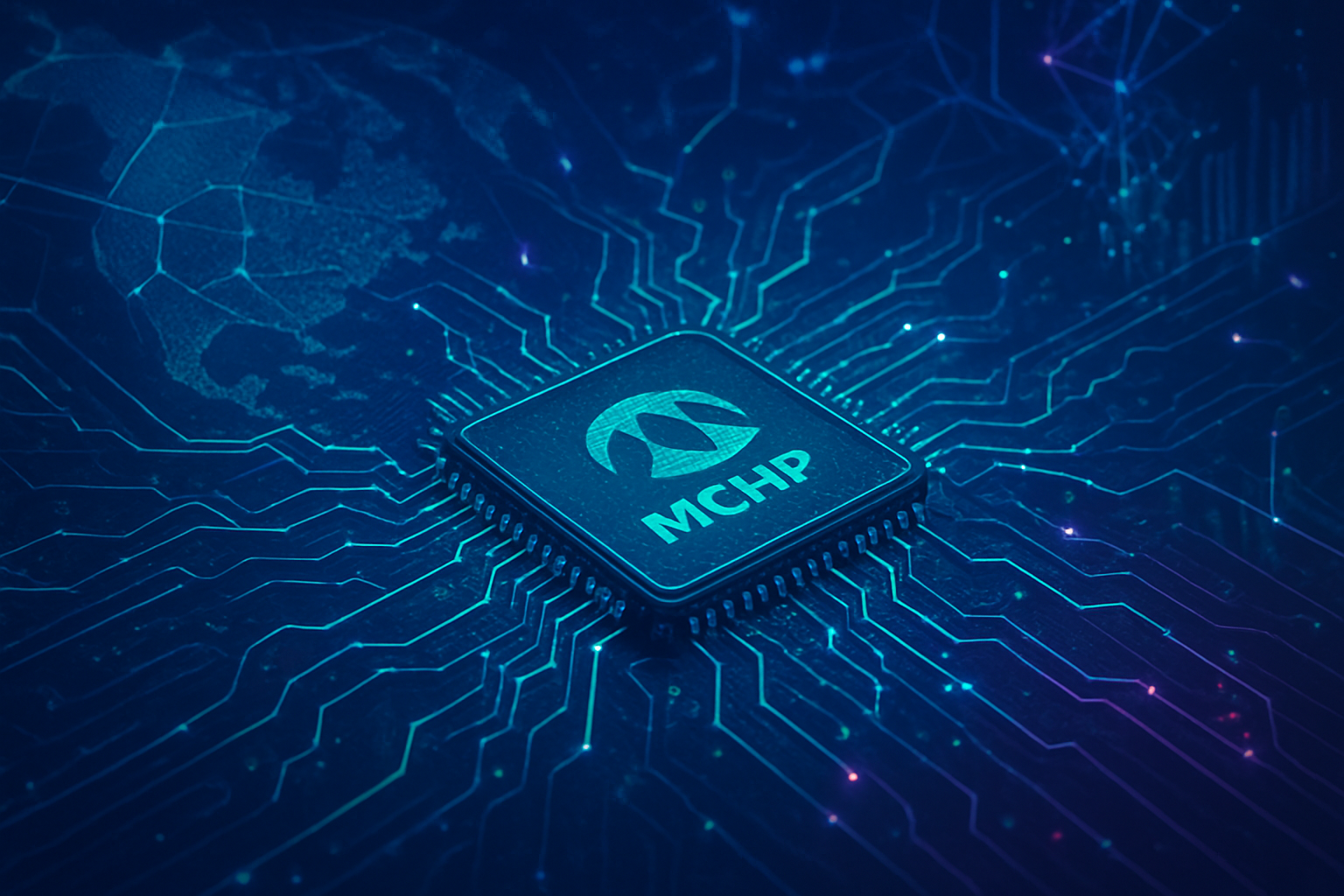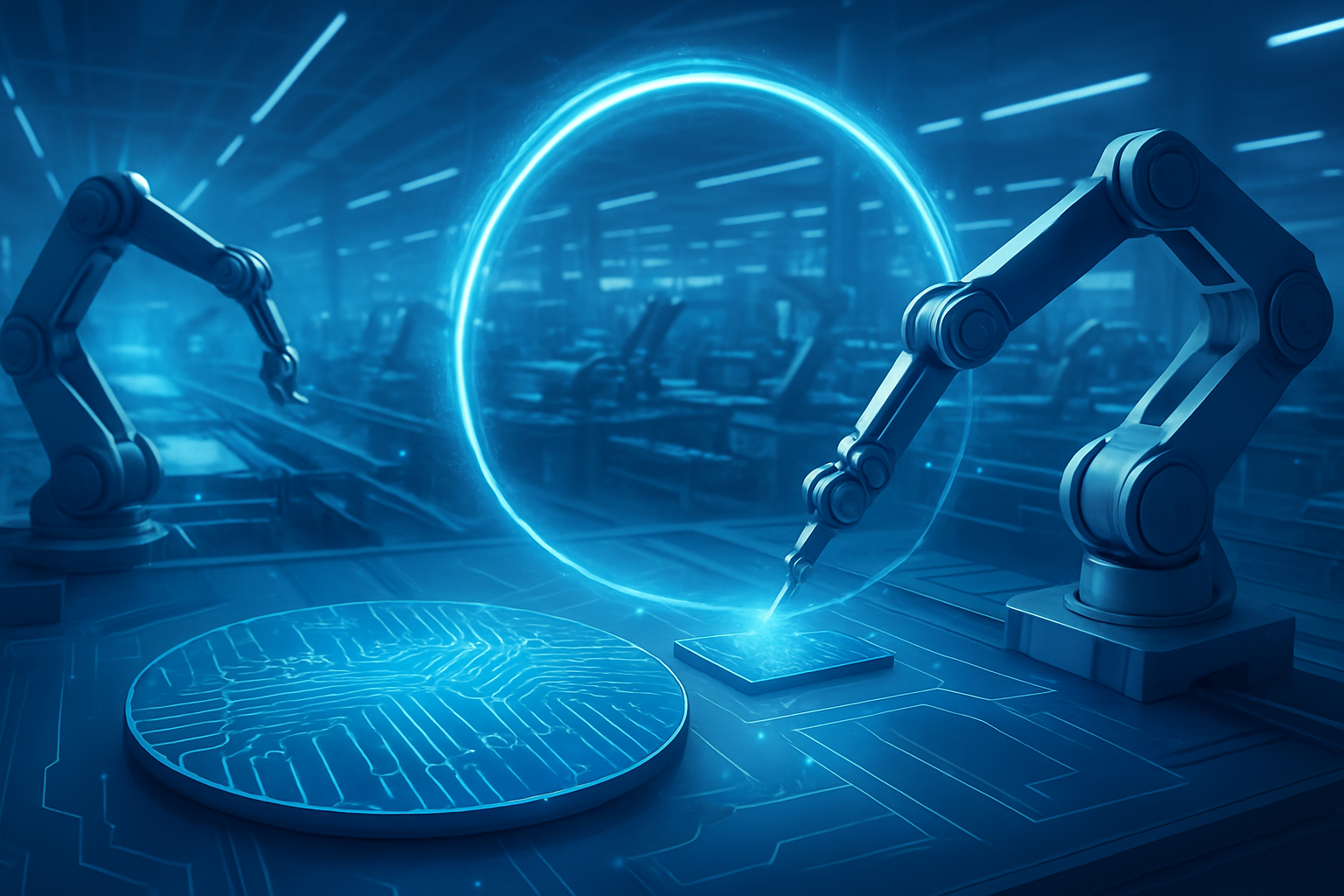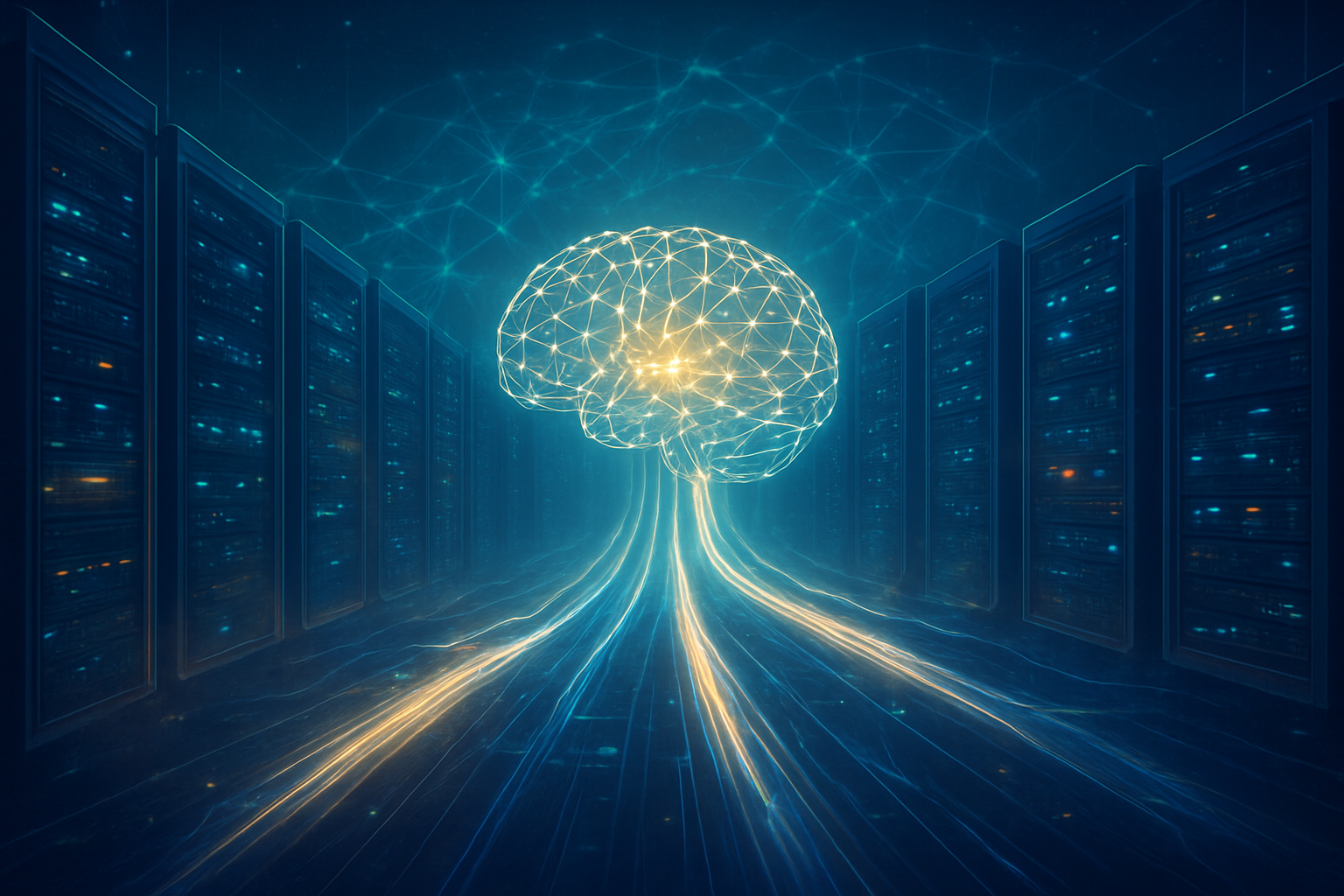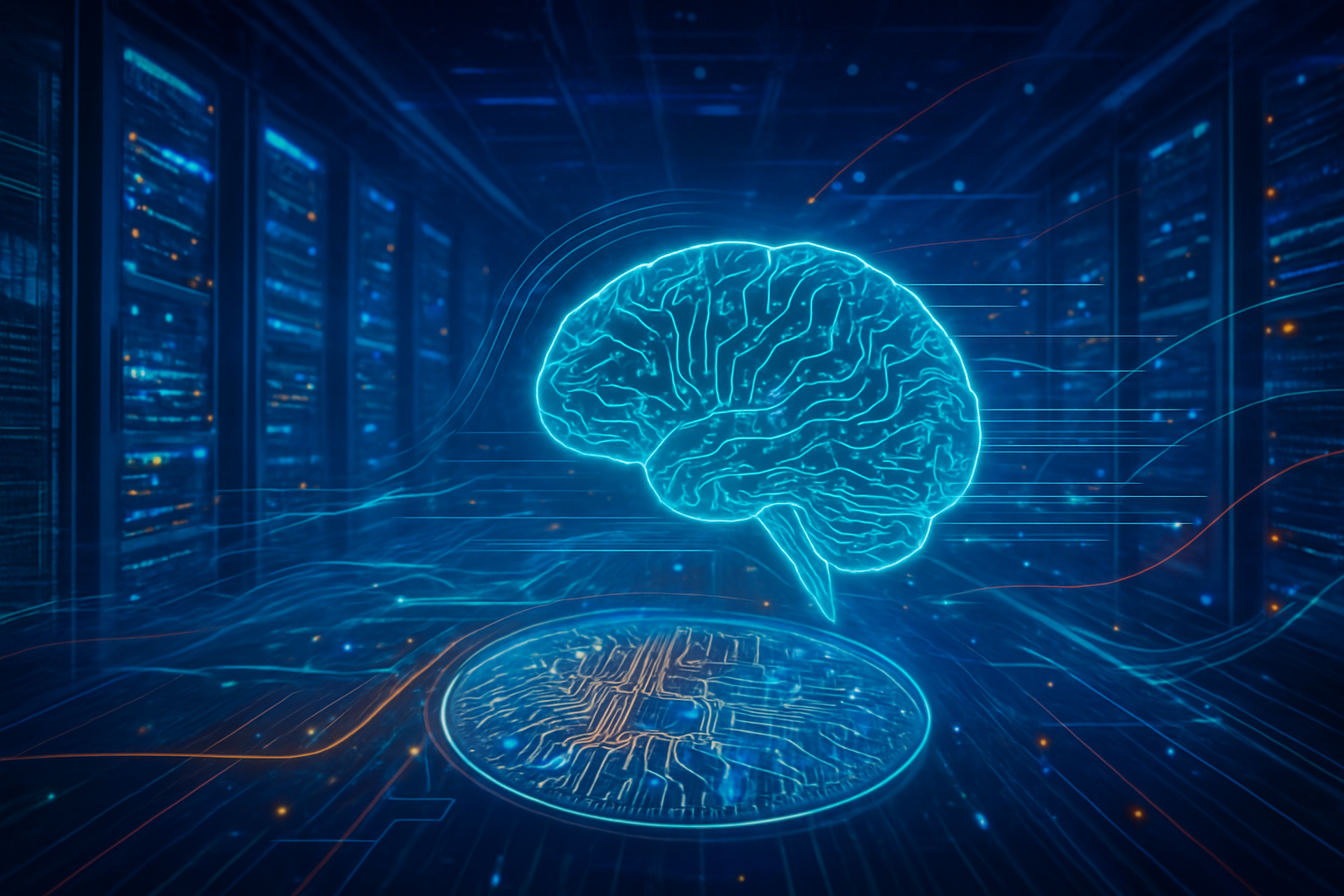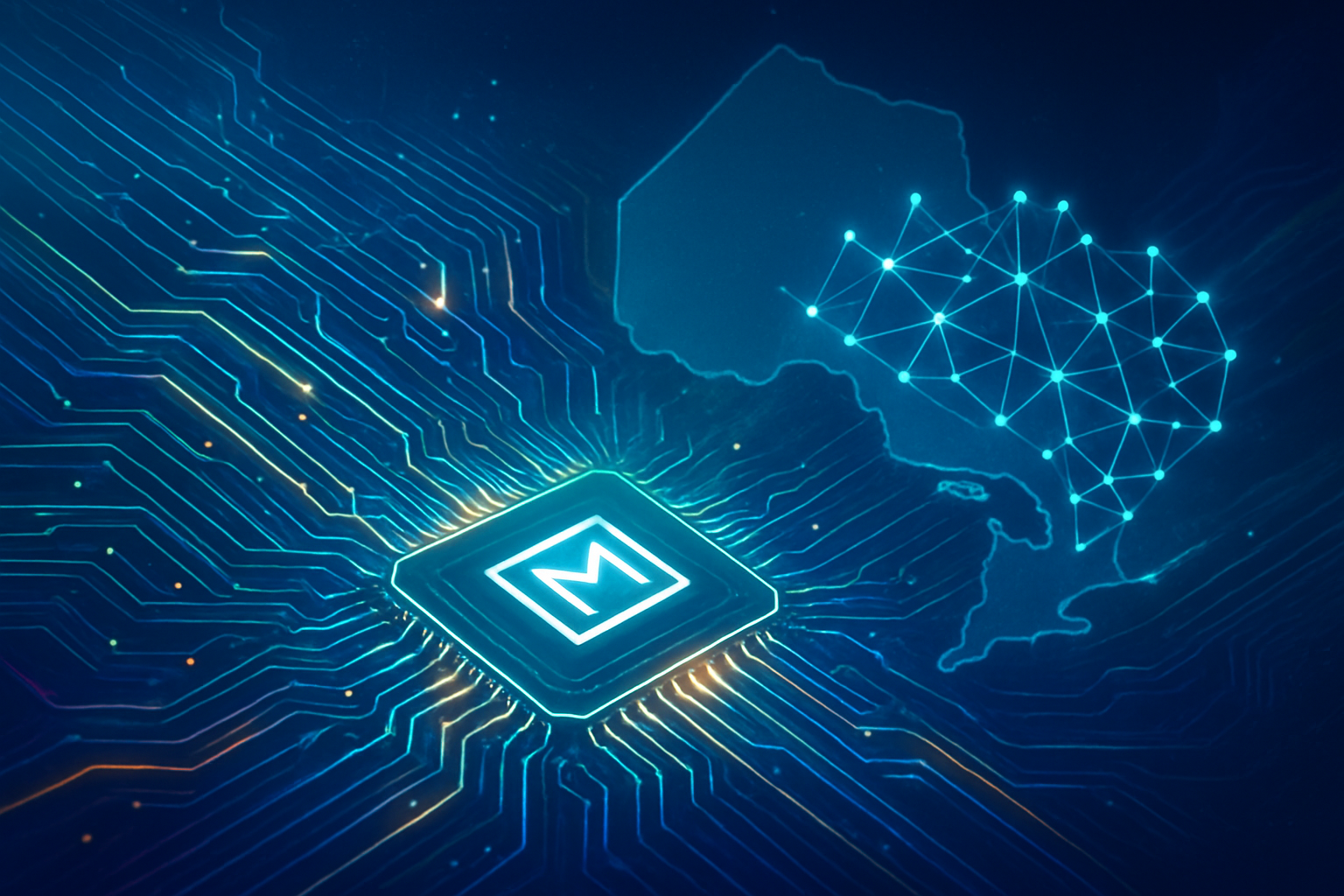In a significant strategic recalibration, Meta Platforms (NASDAQ: META) is reportedly planning to slash billions from the budget of its ambitious metaverse division, Reality Labs. This move, which could see cuts as high as 30% for 2026, marks a pivotal moment for the tech giant, signaling a shift from its costly, long-term metaverse bet towards a more immediate and tangible focus on artificial intelligence (AI). The decision comes after years of substantial investment and mounting financial losses in the metaverse project, prompting a strong positive reaction from investors who have increasingly questioned the commercial viability of Zuckerberg's immersive vision.
The proposed budget reductions for Reality Labs underscore a pragmatic shift in Meta's investment strategy, driven by accumulated financial losses totaling over $70 billion since 2021, coupled with a lack of widespread user adoption for its metaverse platforms like Horizon Worlds. This strategic pivot is not an outright abandonment of immersive technologies but rather a de-prioritization, reallocating critical resources and strategic focus towards AI development. This "AI-first" approach aims to leverage AI to enhance engagement and advertising revenue across Meta's profitable core applications like Facebook, Instagram, and WhatsApp, positioning AI as the company's primary engine for future growth and innovation.
The Technical Recalibration: From Metaverse Mania to AI-First Pragmatism
Meta's planned budget cuts are expected to profoundly impact the technical trajectory of its metaverse initiatives, particularly within the virtual reality (VR) group. Key initiatives like the Quest virtual reality unit and the virtual worlds product, Horizon Worlds, are anticipated to face the steepest reductions. This technical recalibration signifies a departure from the previous broad-scale, rapid deployment strategy, moving towards a more concentrated and disciplined long-term research and development effort. While a fully realized metaverse remains a distant goal, Meta is now adopting a "slower burn" approach, focusing on core VR/AR components with clearer pathways to impact or profitability.
The shift is not merely about reduced spending; it reflects a fundamental change in Meta's technical priorities. The company is now heavily investing in developing large AI models, AI chatbots, and AI-enabled hardware such as Ray-Ban smart glasses. This AI-first strategy technically differs from the previous metaverse-centric approach by prioritizing technologies with more immediate and measurable commercial returns. Instead of building entirely new virtual worlds from the ground up, Meta is now focused on integrating AI into its existing platforms and developing AI-powered features that can enhance user experience in both real and virtual spaces. This includes the development of AI-powered avatars and virtual environments that can dynamically adapt to user preferences, blurring the lines between AI and immersive technologies. The term "metaverse" itself is reportedly being de-emphasized in favor of "spatial computing" in some of Meta's recent communications, indicating a more practical and less speculative technical direction.
Initial reactions from the tech community and industry experts have been largely positive, particularly from investors who view the move as a necessary course correction. Analysts suggest that while Meta's metaverse vision was ambitious, its execution was costly and lacked widespread appeal. The pivot to AI is seen as a more prudent investment, aligning Meta with current industry trends and leveraging its strengths in data and social networking. The cuts could also lead to further restructuring and layoffs within the metaverse teams, as evidenced by previous reductions in Oculus Studios and Supernatural teams in April 2025, signaling a leaner, more focused technical workforce dedicated to AI and more viable immersive projects.
Competitive Implications and Market Repositioning in the AI Landscape
Meta's strategic pivot and significant budget cuts for its metaverse project carry substantial competitive implications, effectively repositioning the tech giant within the broader AI and tech landscape. While the metaverse was once touted as the next frontier, the current reallocation of resources towards AI suggests a recognition that the immediate battleground for innovation and market dominance lies in artificial intelligence.
Companies heavily invested in AI development, particularly those focused on large language models, generative AI, and AI-powered hardware, stand to benefit from Meta's reinforced commitment to the sector. Tech giants like Alphabet (NASDAQ: GOOGL), Microsoft (NASDAQ: MSFT), and Amazon (NASDAQ: AMZN), already formidable players in AI, will find Meta as an even more aggressive competitor. Meta's substantial resources, talent pool, and vast user base across Facebook, Instagram, and WhatsApp provide a powerful foundation for integrating AI at scale, potentially disrupting existing AI-powered products or services by offering highly personalized and engaging experiences. This could intensify the race for AI talent and further accelerate the pace of AI innovation across the industry.
For startups in the AI space, Meta's renewed focus could present both opportunities and challenges. While it might open doors for partnerships or acquisitions for innovative AI solutions, it also means facing a more formidable and well-funded competitor. Conversely, companies that were heavily banking on the metaverse's rapid expansion, particularly those developing niche hardware or software for virtual worlds, might find the market cooling down. Meta's de-emphasis on the "metaverse" as a singular destination and its shift towards "spatial computing" integrated with AI suggests a future where immersive experiences are more seamlessly woven into everyday life rather than existing as separate, isolated virtual realms. This market repositioning grants Meta a strategic advantage by aligning its investments with more immediate commercial returns and investor expectations, while still maintaining a long-term, albeit more cautious, interest in immersive technologies.
Wider Significance: A Bellwether for Tech Investment Trends
Meta's decision to cut billions from its metaverse budget holds wider significance, serving as a potential bellwether for investment trends within the broader tech landscape. This move highlights a crucial shift from speculative, long-term bets on nascent technologies to a more pragmatic and immediate focus on areas demonstrating clearer pathways to profitability and market adoption, most notably artificial intelligence. It underscores a growing investor demand for fiscal discipline and tangible returns, a sentiment that has been building as the tech industry navigates economic uncertainties and a post-pandemic recalibration.
The impacts of this shift are multifaceted. It signals a potential cooling in the hype cycle surrounding the metaverse, prompting other companies to re-evaluate their own immersive technology investments. While the long-term vision of a metaverse may still hold promise, Meta's experience suggests that the timeline for its widespread adoption and commercial viability is far longer than initially anticipated. Potential concerns arise for the entire ecosystem that was forming around the metaverse, including hardware manufacturers, content creators, and platform developers who had aligned their strategies with Meta's aggressive push. This could lead to consolidation or a re-focusing of efforts within those sectors.
Comparisons to previous tech milestones and breakthroughs are inevitable. Some might liken the initial metaverse hype to the early days of the internet or smartphones, where ambitious visions eventually materialized. However, Meta's current pivot suggests that the metaverse's trajectory might be more akin to other technologies that required a longer gestation period, or perhaps even those that failed to achieve their initial grand promises. The current shift also emphasizes the overwhelming dominance of AI as the defining technological trend of the mid-2020s, drawing capital and talent away from other areas. This reinforces the idea that AI is not just another tech trend but a foundational technology that will reshape nearly every industry, making it a more attractive and less risky investment for major tech companies.
The Road Ahead: AI Integration and Sustainable Immersive Development
Looking ahead, Meta's strategic pivot portends several expected near-term and long-term developments. In the near term, we can anticipate a significant acceleration in Meta's AI initiatives, particularly in the development and deployment of advanced large language models, generative AI tools, and more sophisticated AI-powered features across its core social media platforms. The focus will likely be on how AI can enhance existing user experiences, drive engagement, and open new avenues for advertising and commerce. This includes more intelligent chatbots, personalized content feeds, and AI-driven content creation tools for users.
In the long term, Meta's metaverse project is unlikely to be abandoned entirely but will evolve into a more sustainable and AI-integrated endeavor. We can expect future developments to focus on "spatial computing" – an approach that blends digital content with the physical world through augmented reality (AR) and mixed reality (MR) devices, heavily powered by AI. Potential applications and use cases on the horizon include AI-driven AR glasses that provide real-time information overlays, AI companions in virtual spaces, and more intuitive, natural interfaces for interacting with digital content in 3D environments. The metaverse, in this revised vision, will likely be less about a singular, all-encompassing virtual world and more about a pervasive layer of AI-enhanced digital experiences integrated into our daily lives.
The main challenges that need to be addressed include achieving true mass adoption for AR/VR hardware, developing compelling and diverse content that justifies the investment, and ensuring ethical AI development within these immersive environments. Experts predict that while the metaverse as a standalone, all-encompassing virtual world may take decades to materialize, the integration of AI into immersive technologies will continue to advance, creating more practical and accessible forms of "spatial computing" in the coming years. The immediate future will see Meta doubling down on its AI capabilities, with immersive technologies playing a supporting, rather than leading, role.
A Strategic Reckoning: Meta's AI-First Future
Meta Platforms' decision to cut billions from its metaverse budget represents a significant strategic reckoning, marking a pivotal moment in the company's trajectory and a broader indicator for the tech industry. The key takeaway is a clear shift from speculative, high-cost investments in a distant metaverse future to a pragmatic, AI-first approach focused on immediate returns and enhancing existing, highly profitable platforms. This move is driven by financial realities – staggering losses from Reality Labs – and a recognition of AI's current transformative power and market potential.
This development's significance in AI history cannot be overstated; it solidifies AI's position as the dominant technological frontier of this decade, attracting capital and talent that might otherwise have flowed into other areas. It demonstrates that even tech giants with vast resources are susceptible to market pressures and investor demands for fiscal prudence, leading to a re-evaluation of long-term, high-risk projects. The long-term impact will likely see a more integrated future where immersive technologies are deeply intertwined with AI, rather than existing as separate, resource-intensive endeavors.
What to watch for in the coming weeks and months includes further announcements from Meta regarding specific AI product roadmaps, the performance of its AI-enhanced features on platforms like Instagram and WhatsApp, and any potential layoffs or restructuring within the Reality Labs division. Investors will be keenly observing how this strategic pivot translates into improved financial performance and sustained growth for Meta Platforms (NASDAQ: META). This period will be crucial in demonstrating whether Meta's "AI-first" bet can successfully reignite its growth engine and secure its position at the forefront of technological innovation.
This content is intended for informational purposes only and represents analysis of current AI developments.
TokenRing AI delivers enterprise-grade solutions for multi-agent AI workflow orchestration, AI-powered development tools, and seamless remote collaboration platforms.
For more information, visit https://www.tokenring.ai/.

